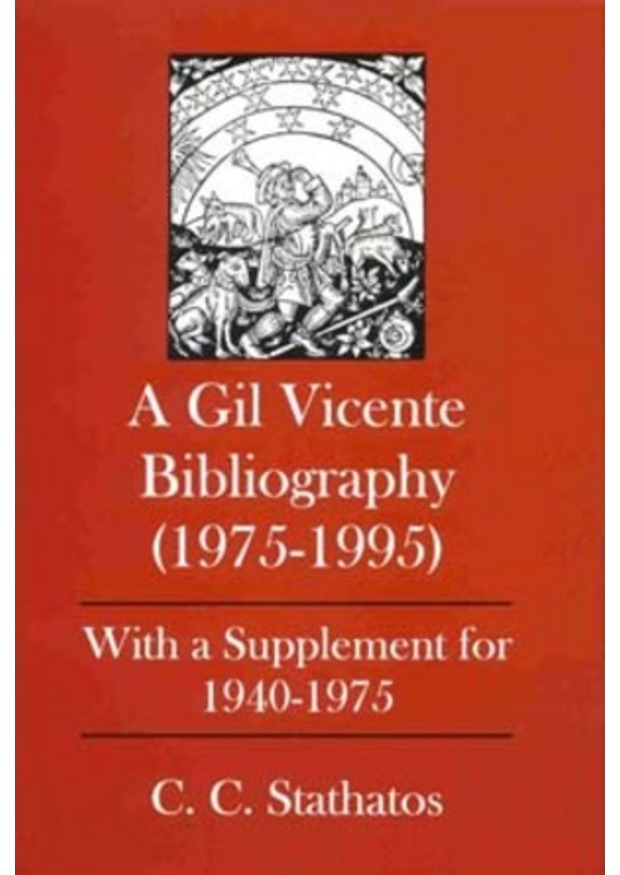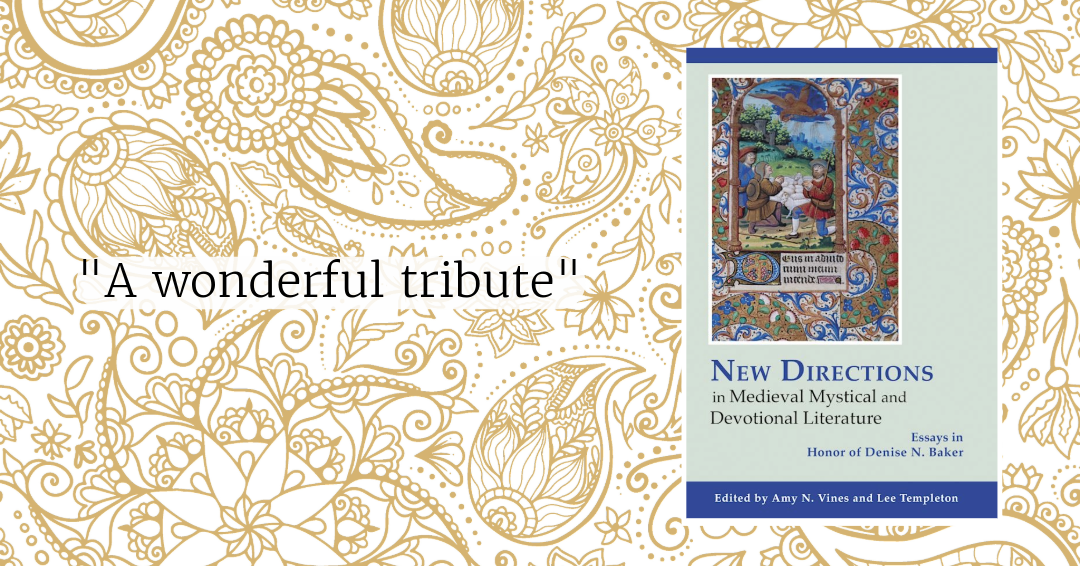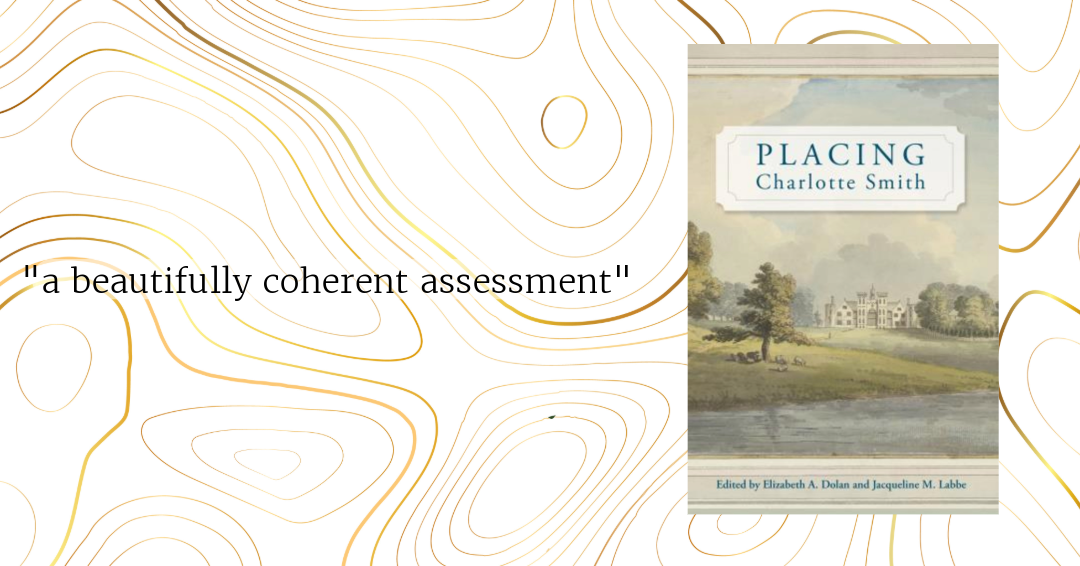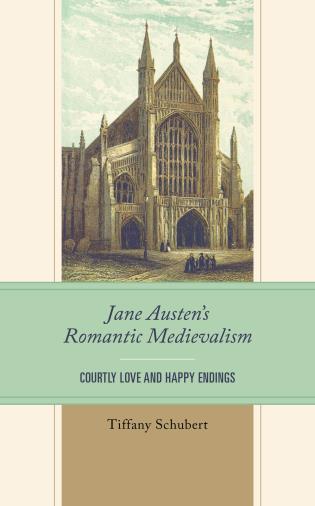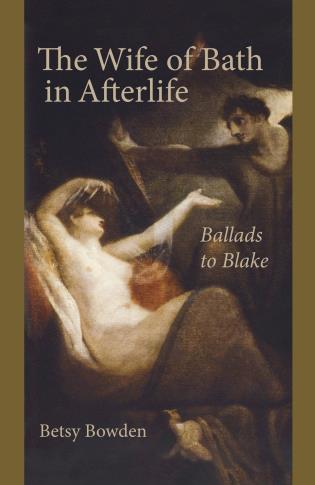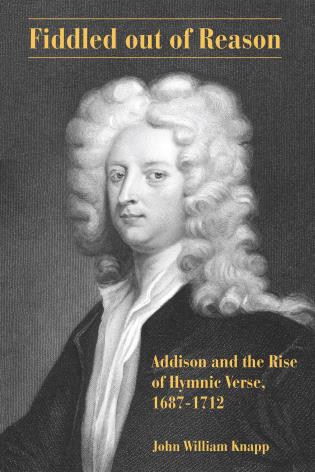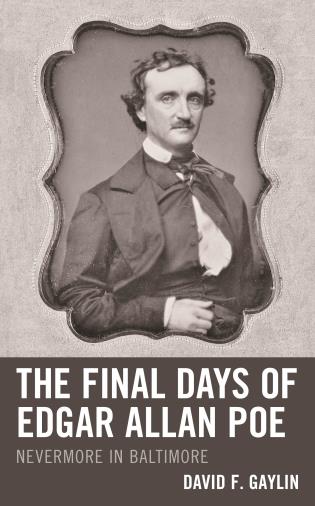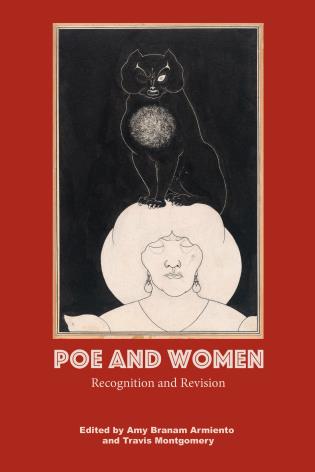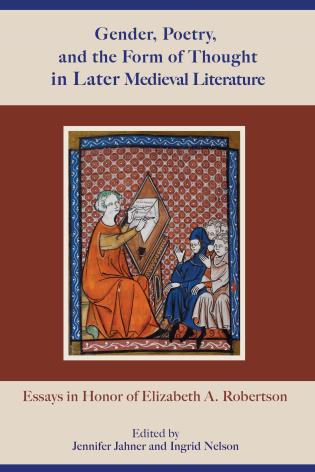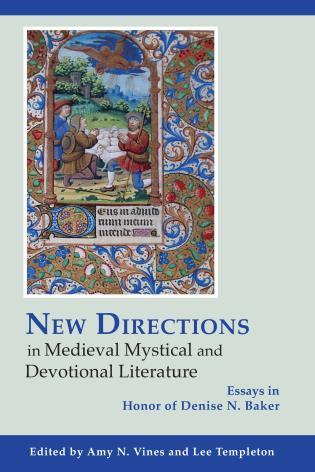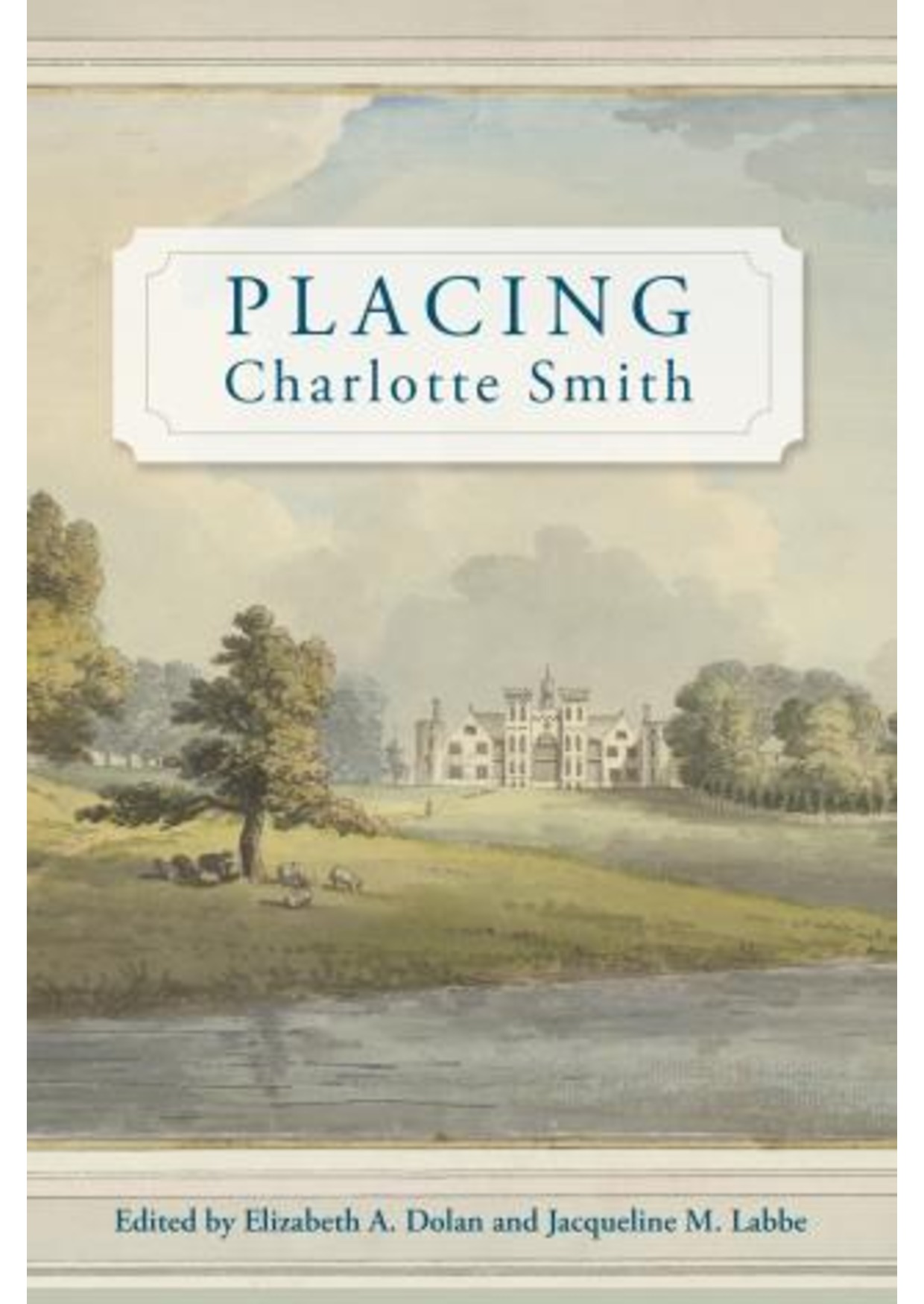With a Supplement for 1940-1975
The opulent genius of Gil Vicente, father of the Portuguese theater, continues to attract the attention of scholars. Indeed, the two decades (1975-95) covered in this bibliography witnessed an unprecedented activity in Vicentine studies. Numerous interesting contributions appeared both in book and article form, some making original critical statements of decidedly lasting value, others reevaluating accepted critical opinions. Generally, Vicente has been served well in this period, in spite of the occasional occurrence of esoteric or fadist criticism. The long list of celebrated vicentistas is constantly enriched by new names of scholars, some of whom introduce fresh ways of looking at Vicente's works.
Research on Vicente goes unnoticed at times, due primarily to the small circulation or sheer inaccessibility of certain journals or books in which it appears. Vicentists need to be aware of the current state of scholarship in their area of research, so that they do not follow a line of inquiry that retraces someone else's steps. This register of Vicentine scholarship is modestly aimed at helping them avoid such possibility. At the same time, it makes it possible for scholars to see which of Gil Vicente's works have not received adequate editorial or critical attention.
As well as listing those contributions to the study of Vicente that were published between 1975 and 1995, this study also supplements the 1940-1975 Vicente bibliography. It is divided into three main parts: editions and adaptations of complete works, collections and anthologies, individual plays, and miscellaneous works; translations of drama and poetry; and critical studies of books, monographs, theses and pamphlets, chapters in books, essays in collections, journal articles, and histories and dictionaries of literature, culture, music, and art.
Entries are annotated, often rather copiously, so that the reader may easily tell what a book or article is about and whether it is worth reading in its entirety. Reviews, where available, may also enable the reader to get an idea of both content and importance of an item. A further useful feature is cross-referencing, which directs the reader to a different or comparable view on the subject in question.
